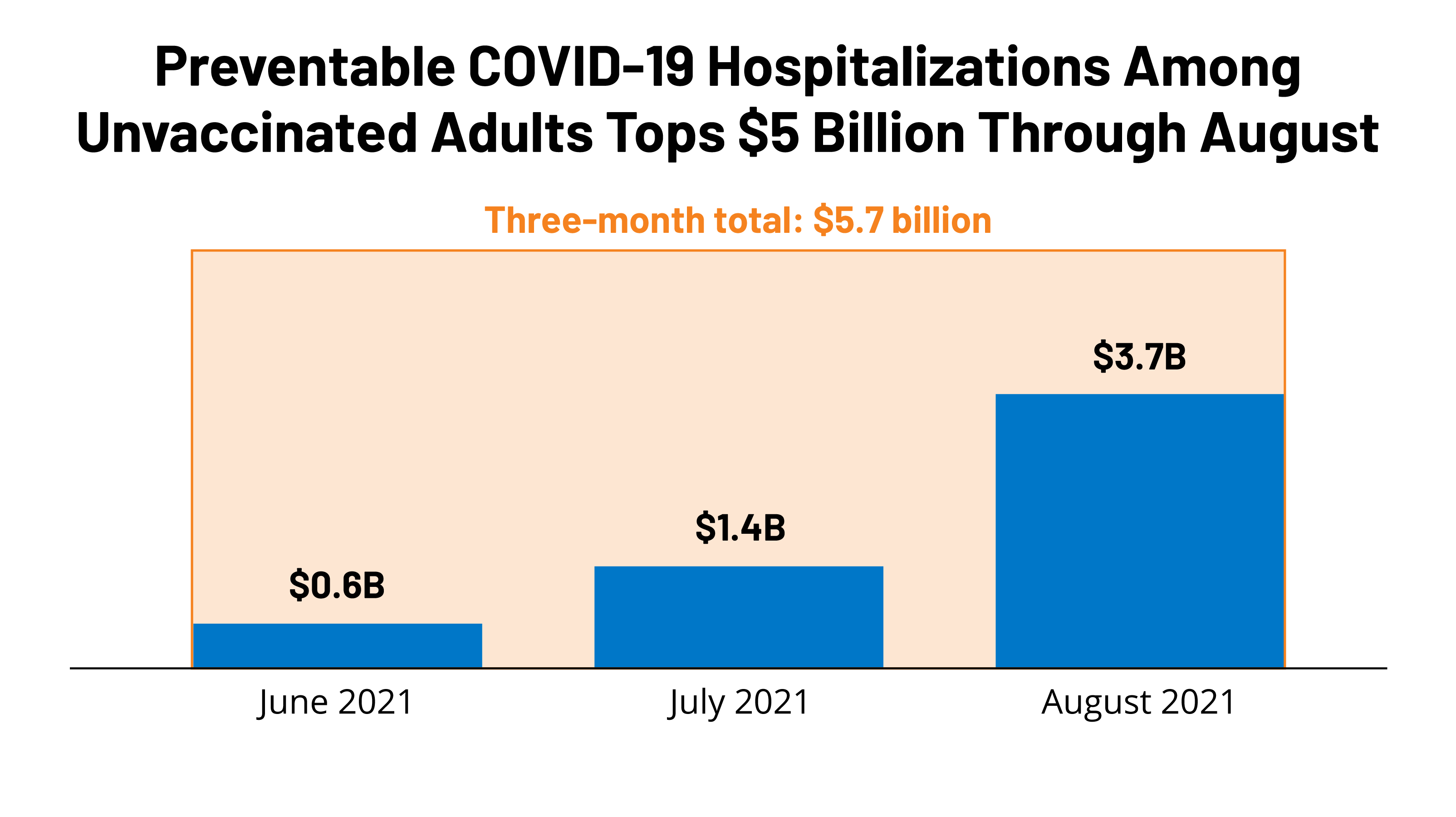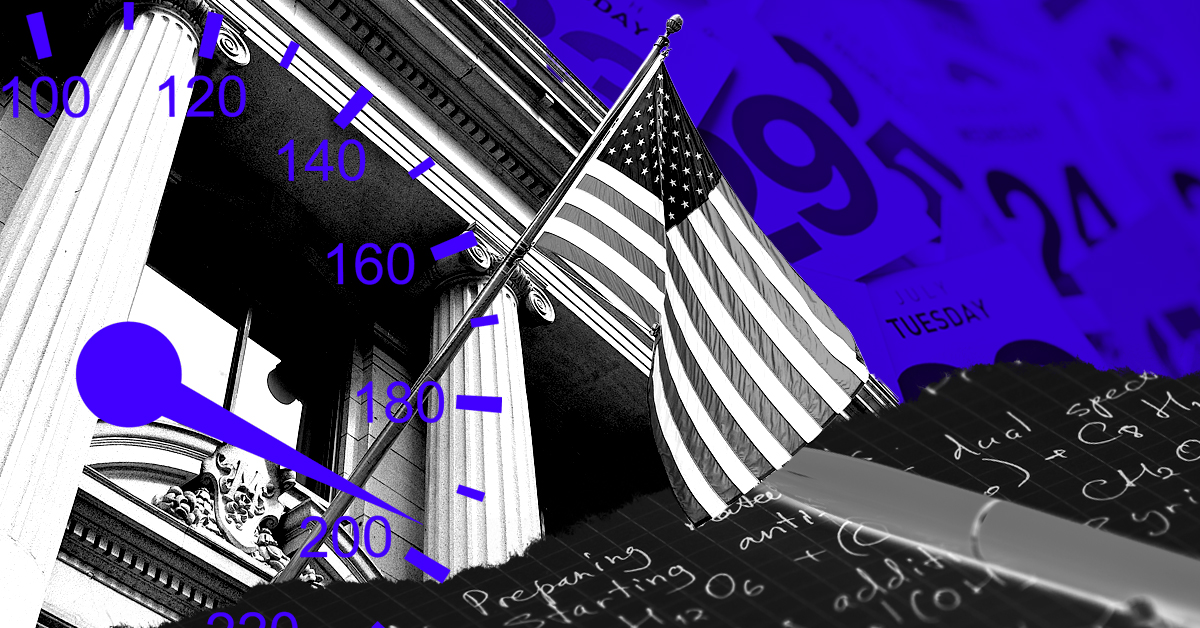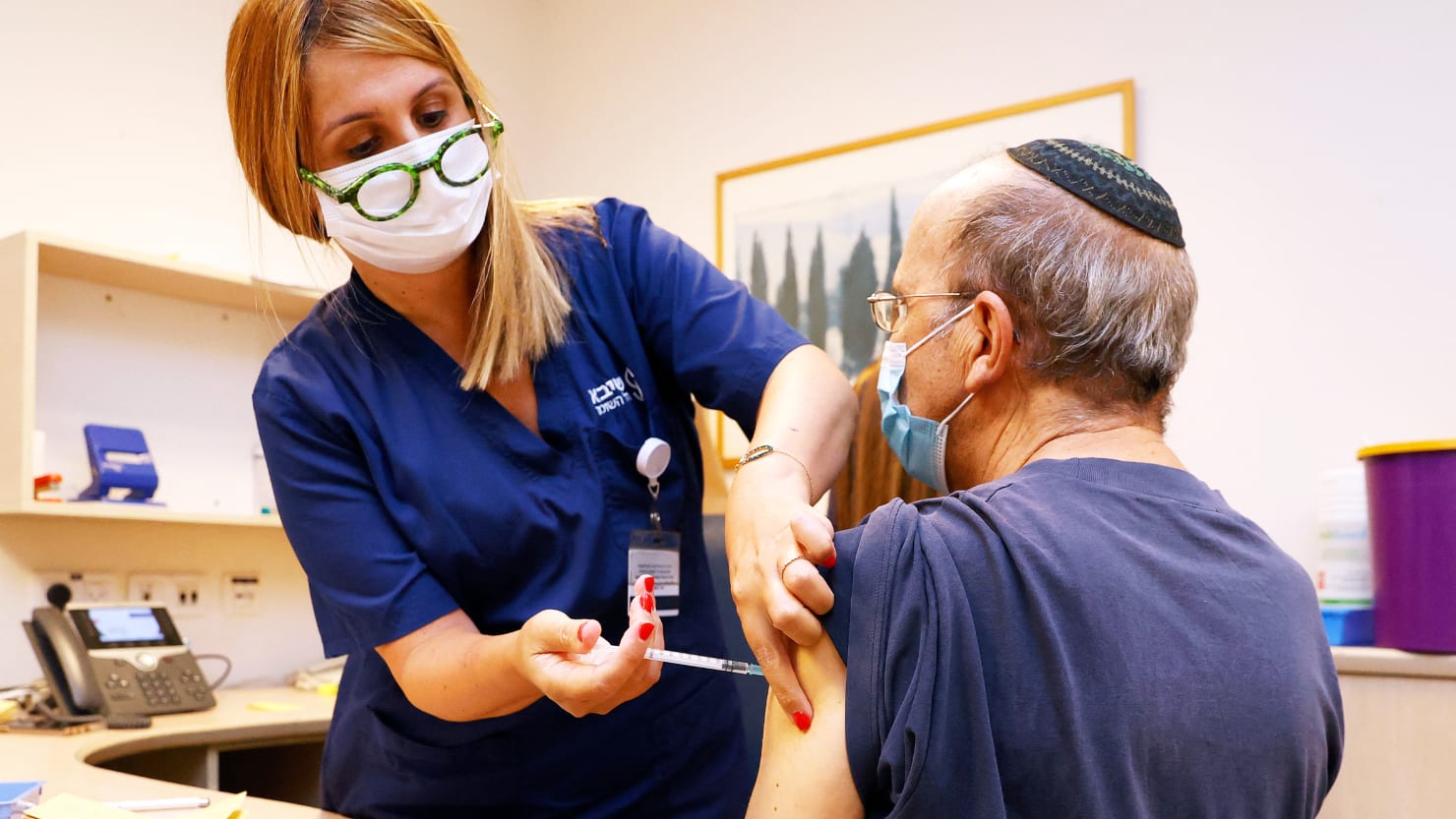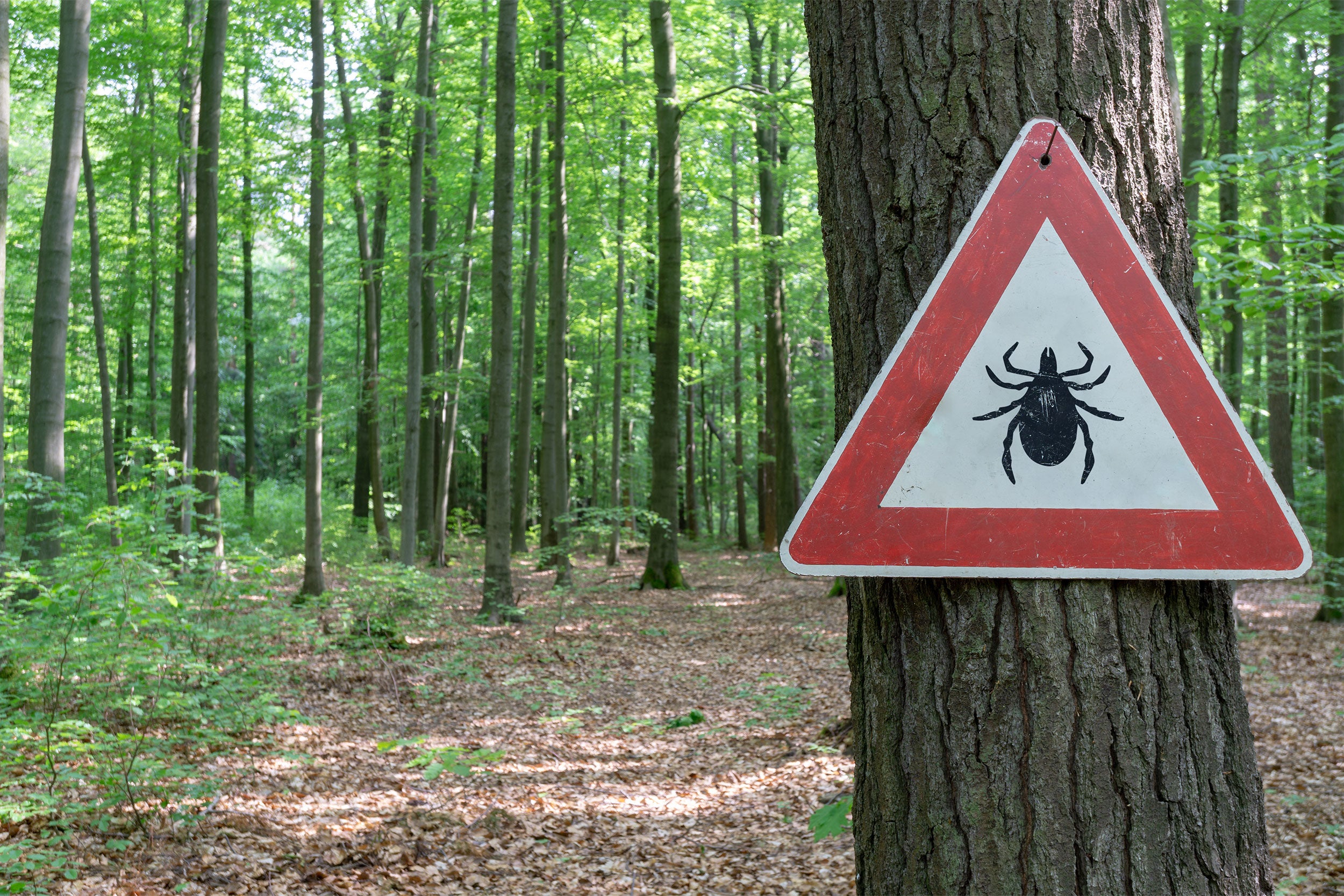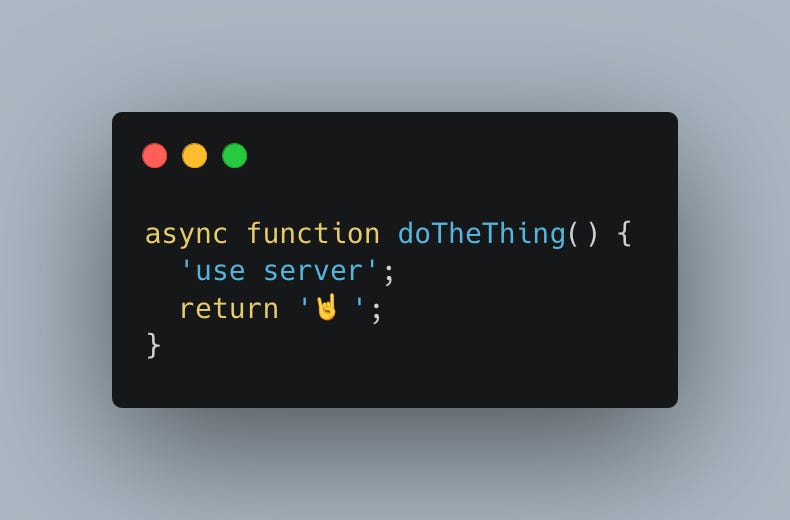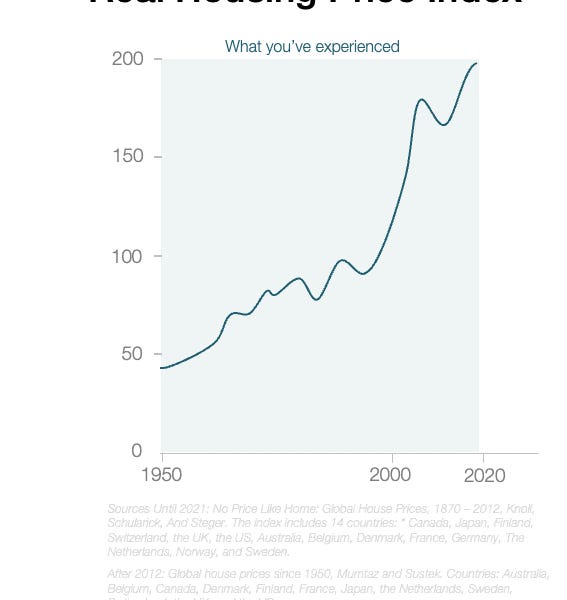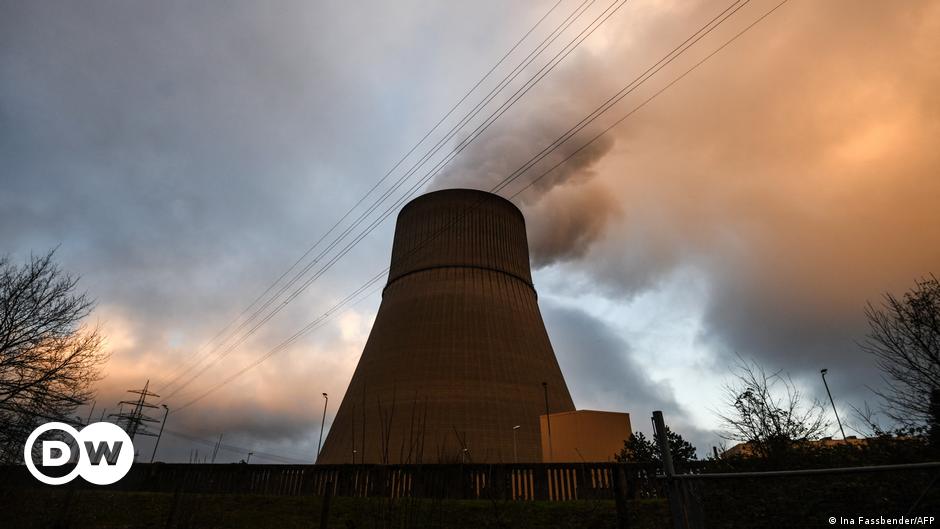
In San Francisco, overdoses killed more people last year than covid-19.
T HE FIRST time Jean was offered heroin, she declined. One night, though, when she was 18 or 19, she decided to give it a try. Over the next few years, heroin led to meth, and meth led to fentanyl. It wasn’t until she got pregnant in 2017 that she decided to seek help. “I was at a point in my life where I kept consistently hitting rock bottom and I was OK with that,” says the 29-year-old from Denver. “But when I found out that I was pregnant with my daughter, I wanted better for her.”
Not everyone has such a realisation. While covid-19 rampaged across the country, America’s other epidemic has quietly boiled over. Provisional data from the Centres for Disease Control and Prevention (CDC) suggest that just over 90,000 Americans died by drug overdose in the 12 months to October 2020, a 30% increase on the previous year. That is more than the number of people who were killed last year by car crashes (42,000) and guns (44,000) combined. Roughly 55,000 of those who overdosed died from synthetic opioids such as fentanyl, a 57% jump year-on-year.
The pandemic seems partly to blame for the increase. Dr Chris Thurstone, the director of behavioural health services at Denver Health, says the isolation wrought by lockdowns can worsen depression and anxiety, and substance abuse often increases during economic downturns, when people have lost their jobs or are worried about their finances. More people may have used drugs alone, or been unable to seek medical help when clinics closed or stopped accepting new patients. But there is more to the story. America’s opioid epidemic has entered a dangerous new phase thanks in large part to shifting—and modernising—drug markets.

